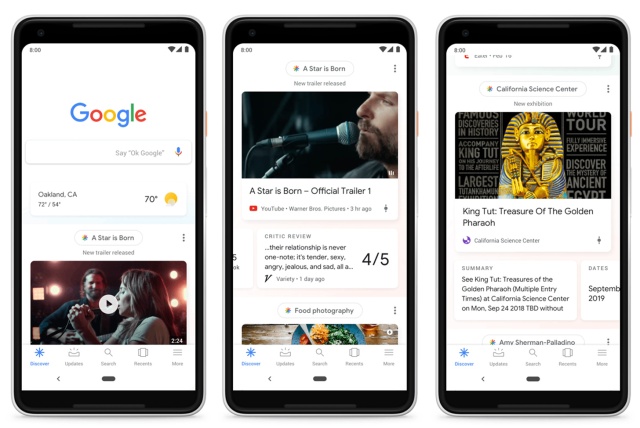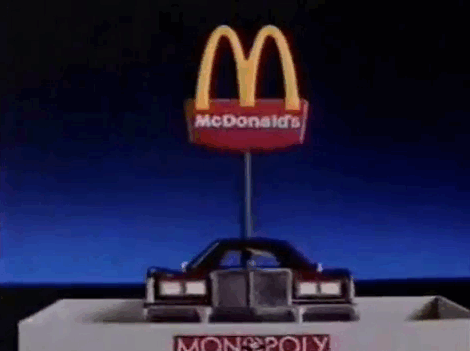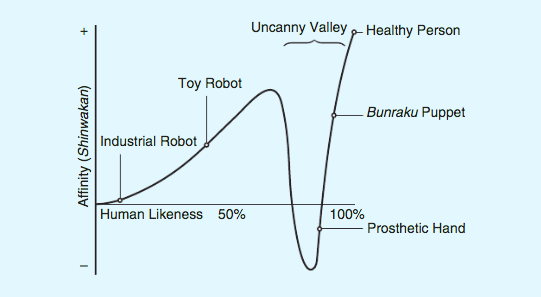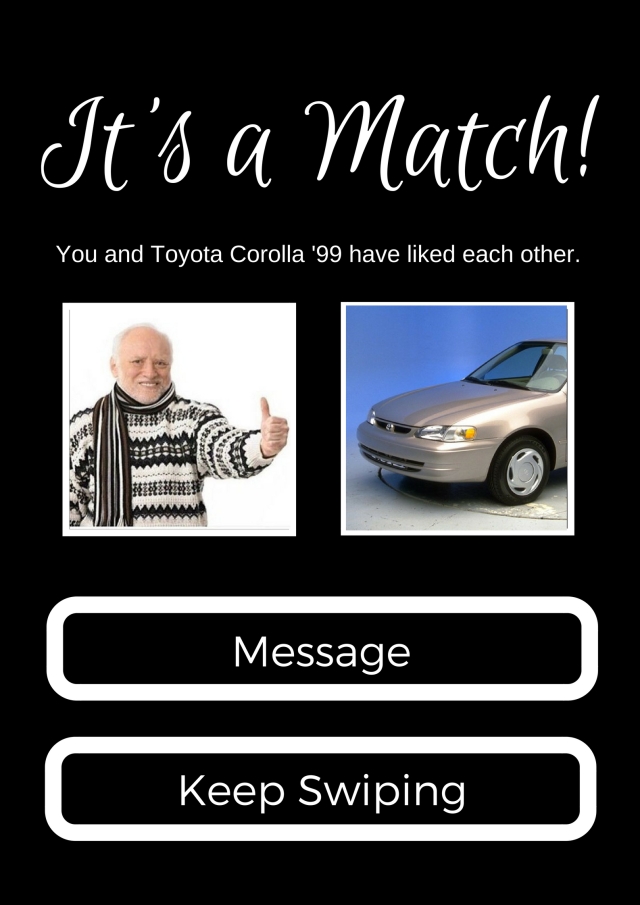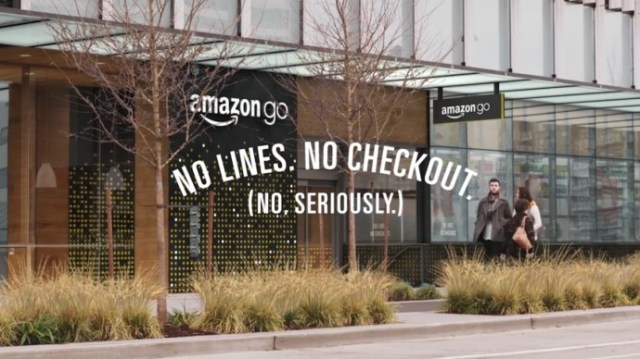As my digital marketing class comes to an end, I wanted to look at darker elements of the unit. After researching into companies that utilise tools to boost the awareness of their brand, I started to think about the ones that engaged in practices that posed ethical concerns. That’s where I turned to Amazon, a widely profitable company with a CEO that has only now figured out how to fairly pay his workers. But that’s tea for a different day. I want to discuss the recent discovery of heightened advertising for own-label brands.

Recently, the company has come under fire for manipulating the positive word-of-mouth of its own products. Supposedly, the Amazon Vine service has been churning out more reviews of products to match the number of genuine reviews on private label products. Such as service is meant to vendors struggling to get enough reviews for its newest goods. At the same time, the service is meant to push for honest and unbiased reviews. However, the surge in reviews makes it seem as if the own-label products are seen as close competitors, when that is actually not the case. Independent merchants are now set at a disadvantage; since Amazon now buys reviews of their own items at the expense of winning the click-and-mortar battlefield. What’s surprising is that this is months after the company vilified the paid reviews that surfaced the website:
Amazon being the hypocrite in this scenario only brings me back to Spotify’s “subtle” advertising of Drake’s new album back in June. As for current solutions, one good thing is that the EU is looking into an investigation regarding anti-trust and whether the site took advantage of the own-labeled products. Simultaneously, Rise Interactive is a marketing agency that has perfected a system whereby you may observe and track Amazon’s advertising performance. It’s called Connex Analytics and it is open to several features including (but not limited to) analysing your ad expenditure, comparison of keyword optimisation in search engines, and basically improving the way businesses will measure their performance online compared to Amazon products. As a result, independent merchants can now level the playing field.
So what are your thoughts on the matter? Have there been other examples of hype being manipulated for the sake of leveraging the competition? Let me know in the comments below!




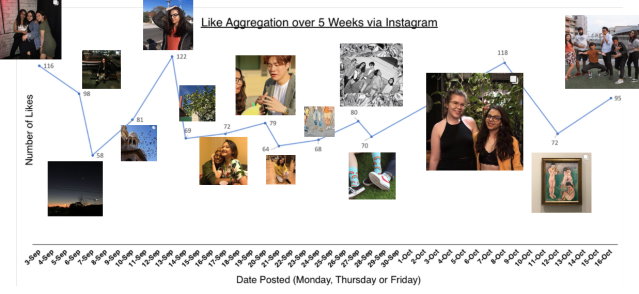
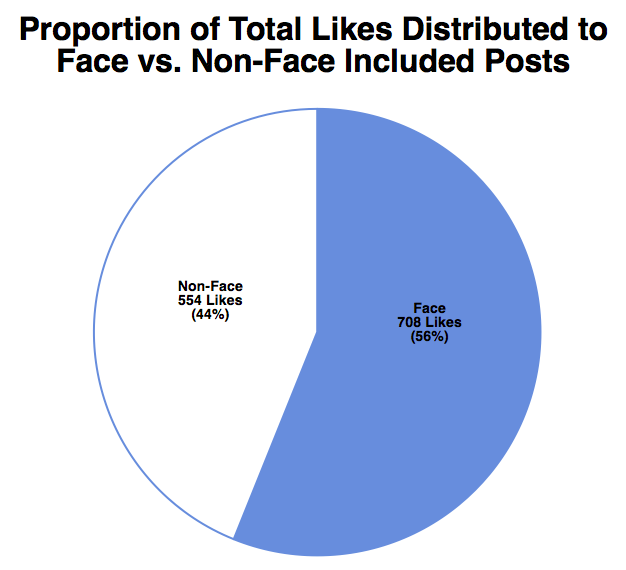
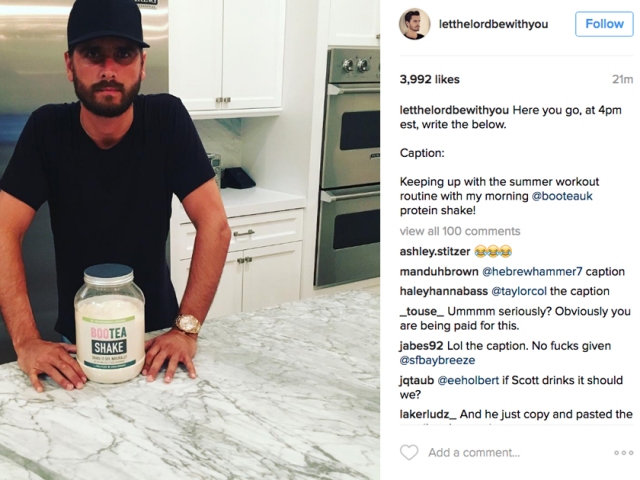
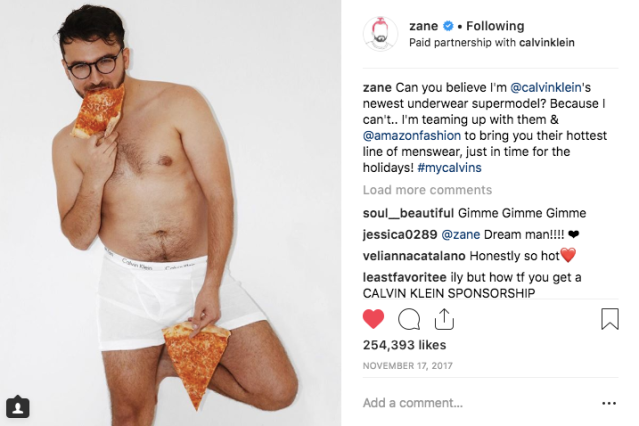
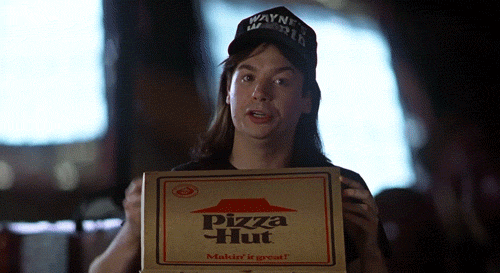


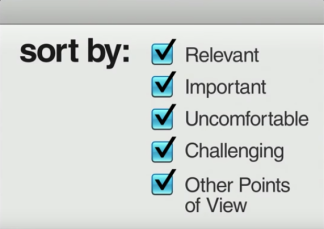 of ‘The Filter Bubble: What the Internet is Hiding from You‘, gives a
of ‘The Filter Bubble: What the Internet is Hiding from You‘, gives a 